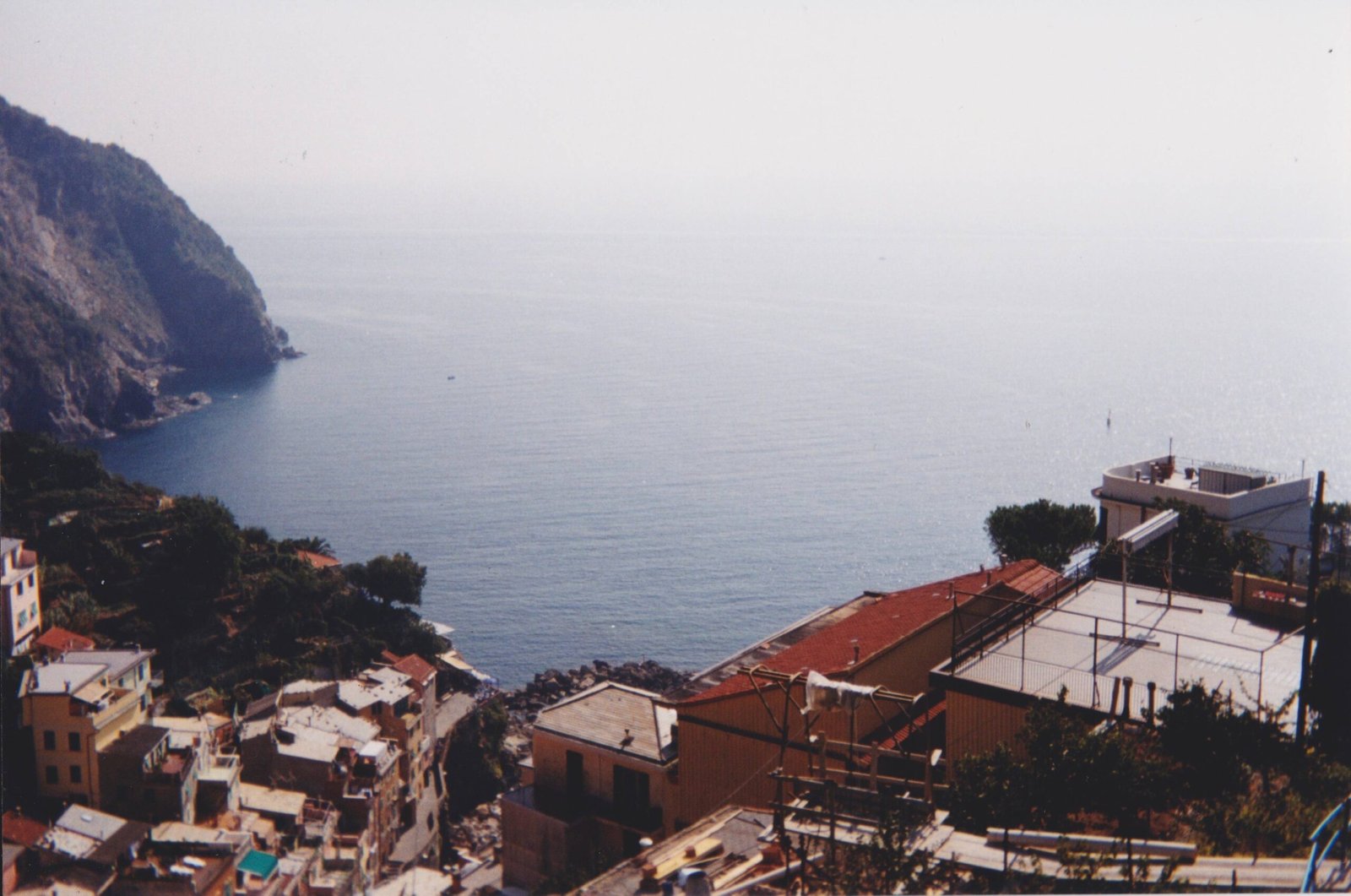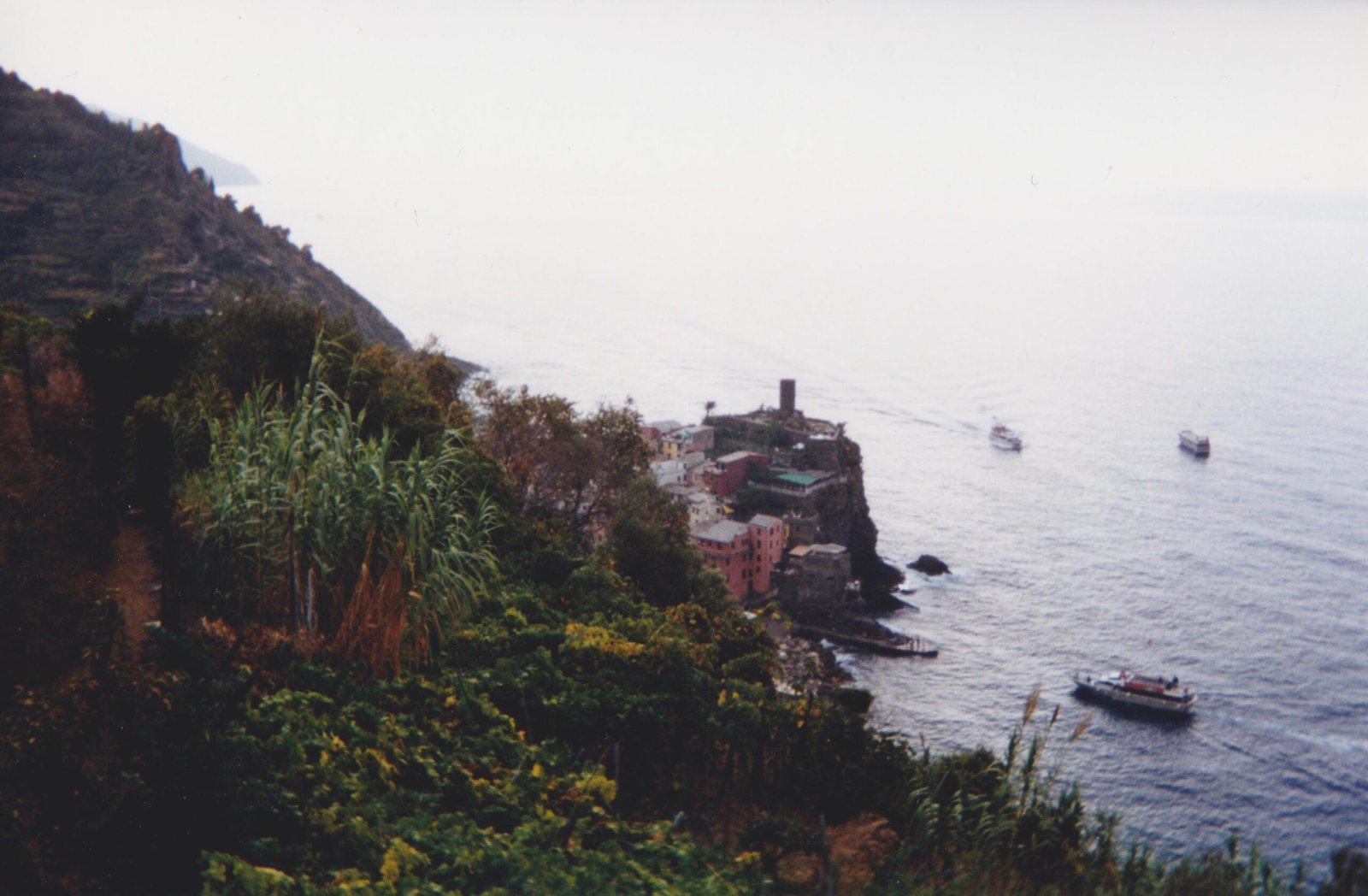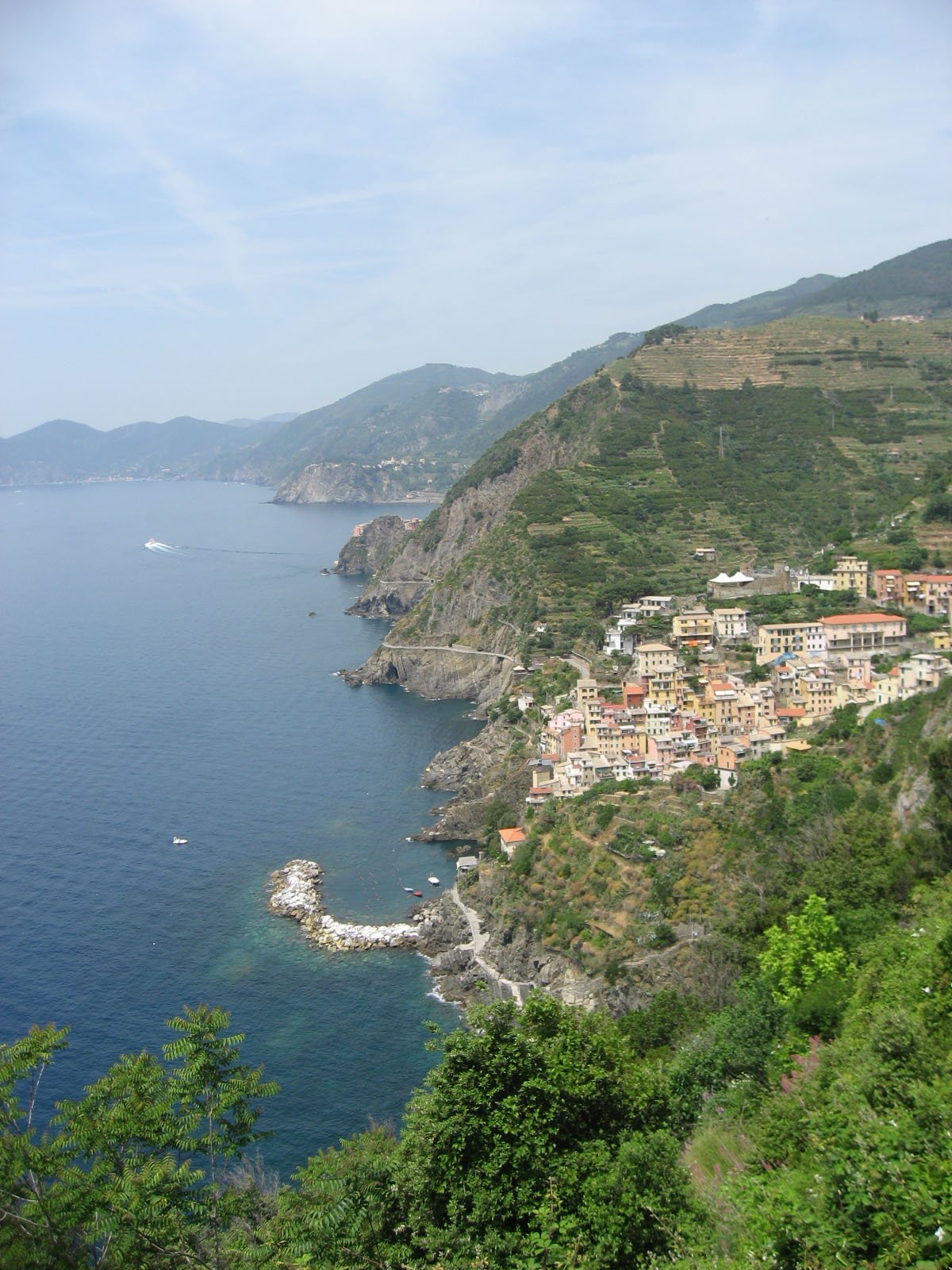Nestled along the rugged Italian Riviera coastline, Cinque Terre boasts an extraordinary collection of historic landmarks that blend natural beauty with centuries of cultural heritage. These five interconnected villages showcase remarkable architectural treasures, defensive structures, and scenic viewpoints that tell a compelling story of maritime history, resilience, and architectural innovation.
What Are the Most Significant Cinque Terre Landmarks?

Defensive Structures and Historical Sites
Doria Castle in Vernazza
The 16th-century Doria Castle stands as a testament to Cinque Terre’s defensive history. Key features include:
- Location: Perched above Vernazza’s harbor
- Historical Significance: Protected against pirate invasions
- Architectural Highlights:
- Stone construction
- Panoramic sea views
- Museum exhibits
| Feature | Details |
|---|---|
| Construction Period | 16th Century |
| Purpose | Maritime Defense |
| Current Use | Historical Museum |
| Visitor Access | Steep climb from town center |
Unique Village Architectural Landmarks
Monterosso al Mare Highlights
Monterosso offers remarkable architectural landmarks that showcase the region’s rich cultural heritage:
- Oratorio di San Giovanni Battista
- 14th-century church
- Ornate Gothic façade
-
Intricate architectural details
-
Aurora Tower
- 16th-century defensive structure
- Panoramic coastal views
- Strategic maritime positioning
Scenic Hiking Trails as Living Landmarks
Sentiero Azzurro (Blue Trail)
This iconic trail connects Cinque Terre’s villages and serves as a landmark experience:
- Trail Length: 12 kilometers
- Difficulty: Moderate
- Scenic Highlights:
- Mediterranean Sea views
- Village panoramas
- Coastal landscape
Natural and Architectural Fusion
Manarola’s Unique Landscape
Manarola exemplifies how natural terrain and human architecture create stunning landmarks:
- Houses clustered on rocky outcrops
- Colorful buildings aligned along Rio di Grippo stream
- Vertical urban design maximizing limited coastal space
Cultural Preservation Landmarks
Corniglia’s Historical Core
Corniglia represents preservation of traditional architectural elements:
- Fieschi Castle remnants
- Church of San Pietro
- Medieval urban layout
- Terraced agricultural landscapes
Practical Visitor Information
Landmark Access and Recommendations
- Best Visiting Season: April to October
- Recommended Duration: 2-3 days
- Entry Fees: Varies by specific landmark
- Accessibility: Moderate walking required
Photography and Exploration Tips
Optimal Landmark Viewing Locations
- Punta Mesco viewpoint
- Montenero scenic point
- Corniglia village panorama
Preservation and Respect
Visitor Guidelines
- Follow marked trails
- Respect historical sites
- Support local conservation efforts
Unique Experiences
Landmark Discovery Strategies
- Guided walking tours
- Local museum visits
- Historical interpretation centers
Final Insights

Cinque Terre landmarks offer more than visual beauty—they represent a living narrative of human adaptation, maritime culture, and architectural ingenuity. Each stone, pathway, and structure tells a story of resilience and connection between humanity and its extraordinary coastal environment.

